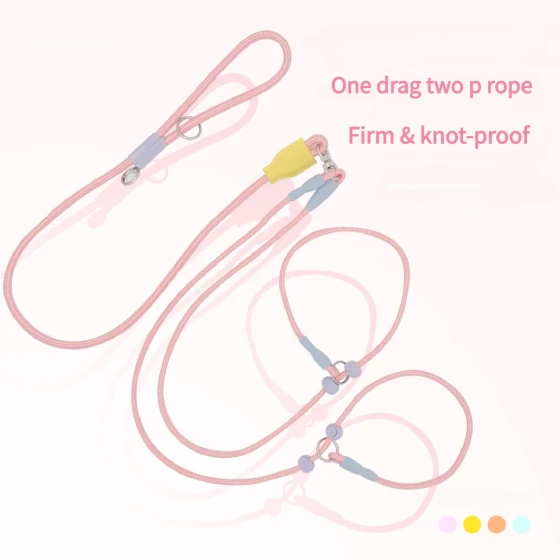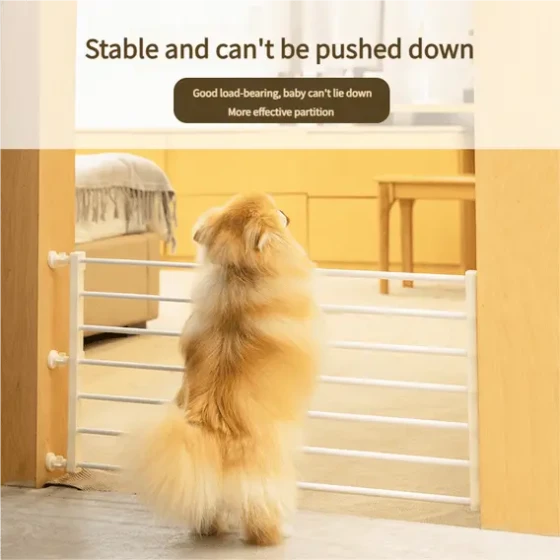How to Feed Siberian Husky Dog Food at Different Stages
The Siberian Husky is a dog breed we are quite familiar with, and many pet lovers really like it. Although Huskies are often called "Erha" (silly Husky), there is still a lot of fun in raising them. To raise a healthy Husky, what kind of dog food to feed and how to feed are crucial. Here, the editor will introduce how to feed Siberian Husky dog food at different stages.

1. Puppy Stage
When Huskies are young, their bodies are very fragile and they often get sick. At this time, their diet is very important as they can obtain various nutrients from it to strengthen their immunity and live healthily. Recommended purchase: Royal Canin Medium Breed Puppy Food 15kg MEJ32
It is good to feed dog food to Huskies at 2 months old because dog food is rich in nutrition and well balanced. Various essential elements needed during the puppy's growth process can be found in it. When feeding, pay attention to feeding the Husky to only 70% fullness; overeating leads to poor digestion. Do not let the puppy exercise vigorously right after eating. Also, do not feed milk to Husky puppies, as their stomachs are weak, and a little carelessness can cause diarrhea.
By 4 months old, Huskies can eat some foods besides dog food and homemade dog food is acceptable, but ensure balanced nutrition. Also, avoid feeding puppies people’s leftovers because dogs have different nutritional requirements than humans. Using human recipes to prepare dog food is time-consuming and dogs may not receive complete and balanced nutrition. Do not feed chicken bones to puppies because they can injure the digestive tract.
2. Adult Stage
1. Pregnant Female Husky
Pregnant female Huskies should be supplied with adequate high-quality feed to strengthen their physique, ensure the healthy development of fetuses, and prevent miscarriage. During the first month of pregnancy, when fetuses are few, no special feed is required, but feeding should be timely—no early or late meals. In early pregnancy, female dogs generally have poor appetite and should be given palatable food. After one month, fetuses develop rapidly and the need for various nutrients increases sharply. At this time, feed 3 times a day and increase the amount of food while supplementing protein-rich foods such as meat, animal organs, eggs, and milk, as well as calcium and vitamins to promote fetal bone development. After 50 days of pregnancy, when the abdomen is full, each meal’s volume decreases. To prevent constipation, add a moderate amount of vegetables. Avoid moldy or spoiled feed and other foods harmful to the mother or fetus. Do not feed overly cold feed or water to avoid stimulating the stomach and causing miscarriage.
2. Lactating Female Dog
For lactating females, feeding should meet their nutritional needs as well as milk production. In the first few days after giving birth, appetite is poor, so feed easily digestible foods low in cereal such as milk, wheat flour, and egg yolk, and increase water intake (avoid cold water). After 4 days, appetite gradually increases, and it returns to normal in about 10 days. During lactation, increase feed quantity. Besides feeding morning and afternoon, add an extra feed in between. Nutrient-wise, fresh lean meat, eggs, milk, chicken, and bone meal should be increased appropriately. Regularly check the mother’s condition. For those with insufficient milk production, feed brown sugar water, milk, or cooked flaxseed mixed with food.
3. Senior Dog Stage
Large dogs enter senior stage after 8 years old. Due to endocrine changes, calcium intake decreases while loss increases in senior dogs. At this time, senior dog food should be fed; otherwise, calcium supplements should be given artificially, alongside maintaining a certain amount of exercise. Otherwise, osteoporosis, increased bone spurs, and fractures are more likely.
Also, elderly Huskies have poor gastrointestinal function and little activity, making them prone to constipation; therefore, plant fiber can be added. If senior Huskies’ teeth are not very good, switch from hard special dog food to softer dog food. Recommended purchase: Royal Canin Small Breed Senior Dog Food 4kg for 8 years and above





